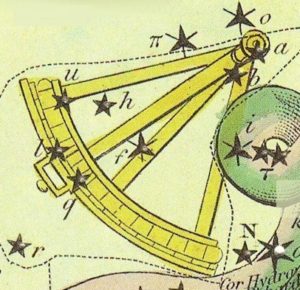Sextans, resembles the shape of an Astronomical sextant, when stars in this constellation are imaginarily connected, as per Hindu mythology!
Where should I see…Hydra, is the constellation which is towards west of Sextans constellation. If you move your eyes towards east, you will see another constellation named Crater. In the North and South of Sextans, you will find Leo and Hydra constellations respectively. Sextans is nearly on celestial equator towards South Pole, and so is part of Southern Hemisphere.
towards east, you will see another constellation named Crater. In the North and South of Sextans, you will find Leo and Hydra constellations respectively. Sextans is nearly on celestial equator towards South Pole, and so is part of Southern Hemisphere.
It covers up 314 square degree area of the sky. Area wise it is 47th largest constellation in the sky.
When and What can I see…We can gaze at this shape of Sextans constellation from November to June, as seen from India.
All you need is your naked eyes other than clear skies to see 40 stars of this constellations, as they are the one which are brighter than the lower limit of our naked eyes (i.e. 6.5 apparent magnitude) to see faintest stars. The brightest star of this constellation is Alpha sextantis.
Constellations are made up of single, binary (apparent and absolute), multiple and variable stars. Out of total 40 stars of different types, here is the list of 20 brightest stars as per their nature:
| Binary / Multiple Star system | Variable Stars |
Binary/multiple and Variable Stars | Single stars |
| 3 | 5 | – | 12 |
Mythology stories…As per Hindu mythology, there are no such known stories for this constellation.
Deep Sky Objects…

CID 42 || Quasar

CL-J10010220 || Galaxy Cluster

COSMOS field || region extensively studied by many telescopes
All the stars that we see naked eyes, all belong to our own, Milky way galaxy (Akash Ganga Tara Vishv). Bright stars can be seen naked eye and faint one through telescope. But the curtain of sky that we see in 2D is actually a huge universe we are talking about, with 3 dimension. There are many nebulous objects visible in every constellations. They differ widely by distances and nature. Like Emission Nebula, Reflecting Nebula, Absorption Nebula, Star Birth Nebula, Supernova Remnants (SNR) and Open Starscluster which are within the disk of our own Milky Way galaxy. Globular cluster are also found, which are in the halo of our galaxy and some most distant objects like galaxies are also visible through telescope. Such objects are defined as “Deep Sky Objects”.
In this constellation there are 105 such different types of Deep Sky Objects observed. Below is the list of 20 brightest Deep Sky Objects:

Cosmos Redshift 7 || High redshift Galaxy

NGC 3166 || Lenticular Galaxy

NGC 3169 NGC 3166 || Disturbed Galactic duo of galaxies
| | Galaxy | Open Cluster | Globular Cluster | Nebula | Supernova Remnant | |
| Naked eye visibility | – | – | – | – | – | |
|
| Visible through Telescope | Spindle galaxy | – | – | – | – | |
|
| 19 | – | – | – | – | |
|
|
| | 20 | – | – | – | – | |

Sextans Dwarf Spheroidal || Dwarf Spheroidal Galaxy

Sextans A || Tiny Dwarf Irregular Galaxy

Sextans B || Irregular Galaxy
 towards east, you will see another constellation named Crater. In the North and South of Sextans, you will find Leo and Hydra constellations respectively. Sextans is nearly on celestial equator towards South Pole, and so is part of Southern Hemisphere.
towards east, you will see another constellation named Crater. In the North and South of Sextans, you will find Leo and Hydra constellations respectively. Sextans is nearly on celestial equator towards South Pole, and so is part of Southern Hemisphere.

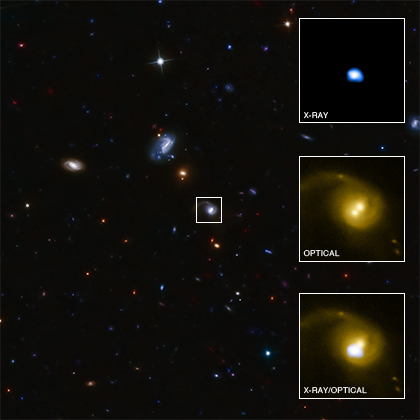 CID 42 || Quasar
CID 42 || Quasar
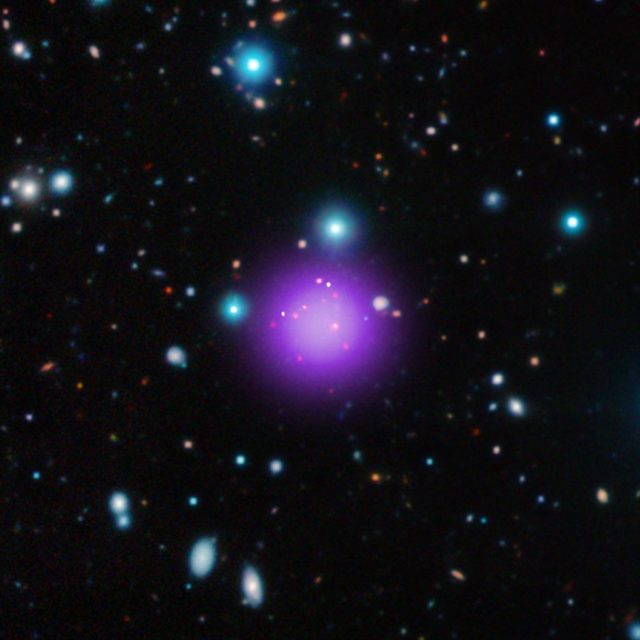 CL-J10010220 || Galaxy Cluster
CL-J10010220 || Galaxy Cluster
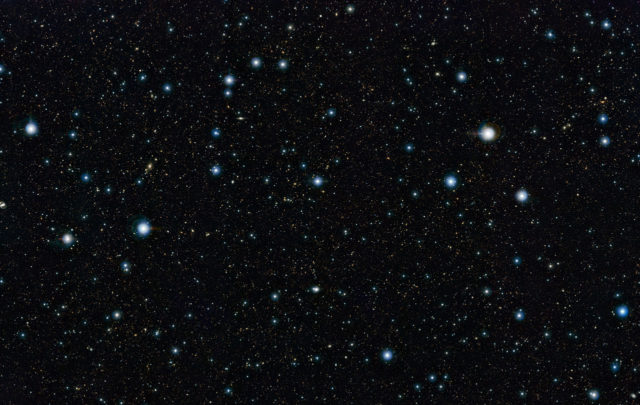 COSMOS field || region extensively studied by many telescopes
COSMOS field || region extensively studied by many telescopes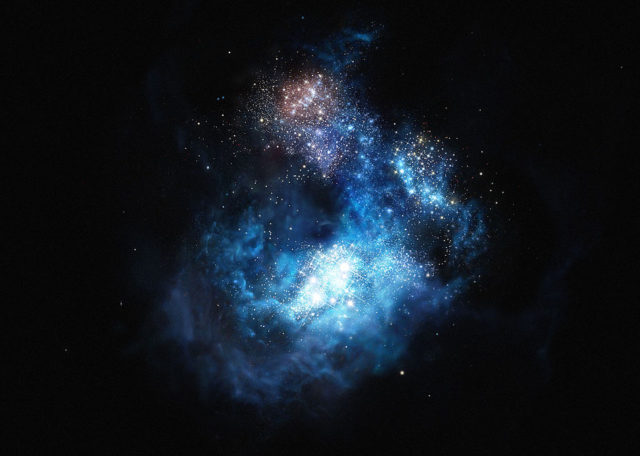 Cosmos Redshift 7 || High redshift Galaxy
Cosmos Redshift 7 || High redshift Galaxy
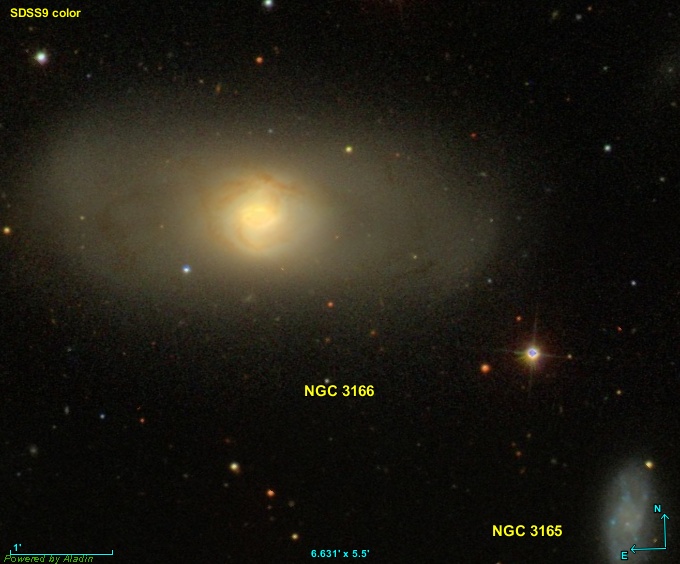 NGC 3166 || Lenticular Galaxy
NGC 3166 || Lenticular Galaxy
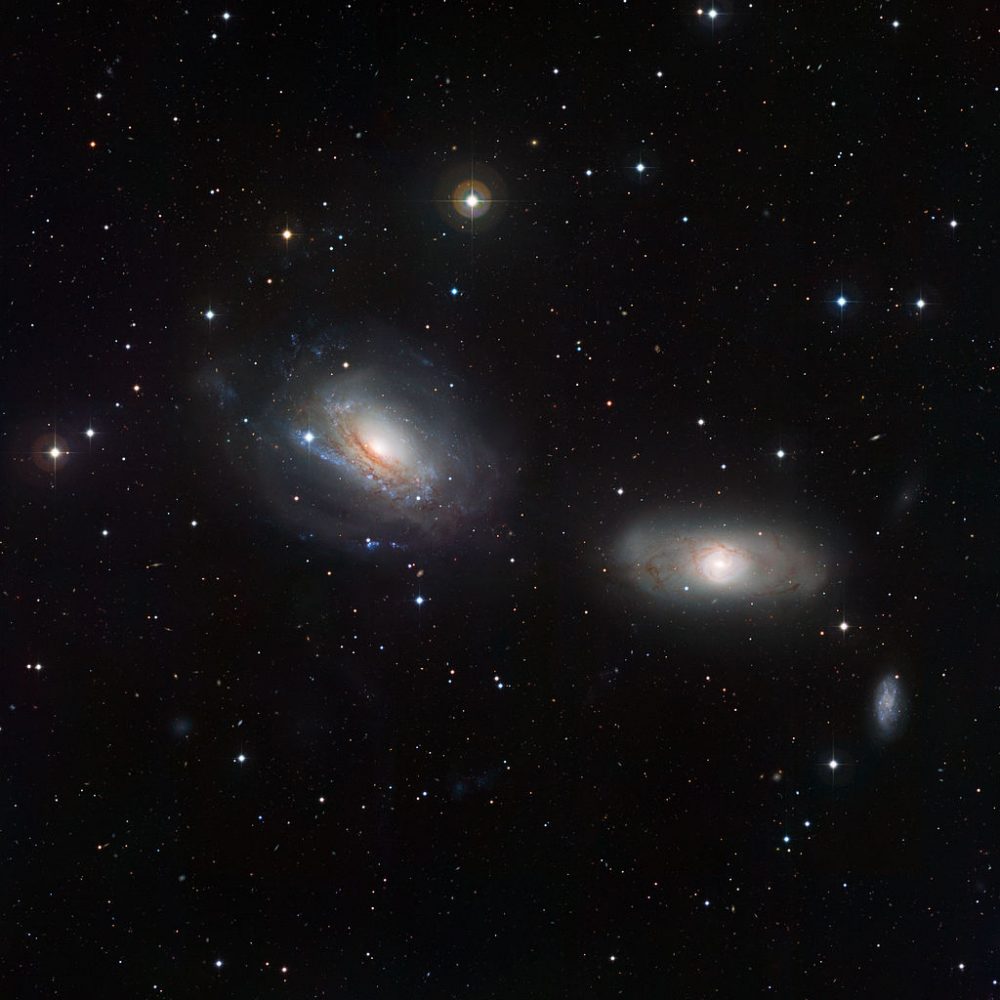 NGC 3169 NGC 3166 || Disturbed Galactic duo of galaxies
NGC 3169 NGC 3166 || Disturbed Galactic duo of galaxies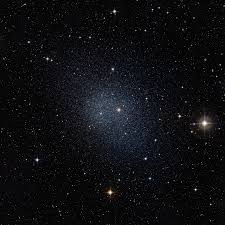 Sextans Dwarf Spheroidal || Dwarf Spheroidal Galaxy
Sextans Dwarf Spheroidal || Dwarf Spheroidal Galaxy
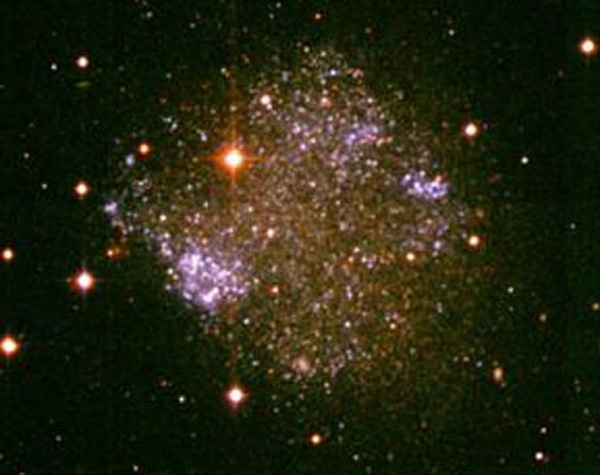 Sextans A || Tiny Dwarf Irregular Galaxy
Sextans A || Tiny Dwarf Irregular Galaxy
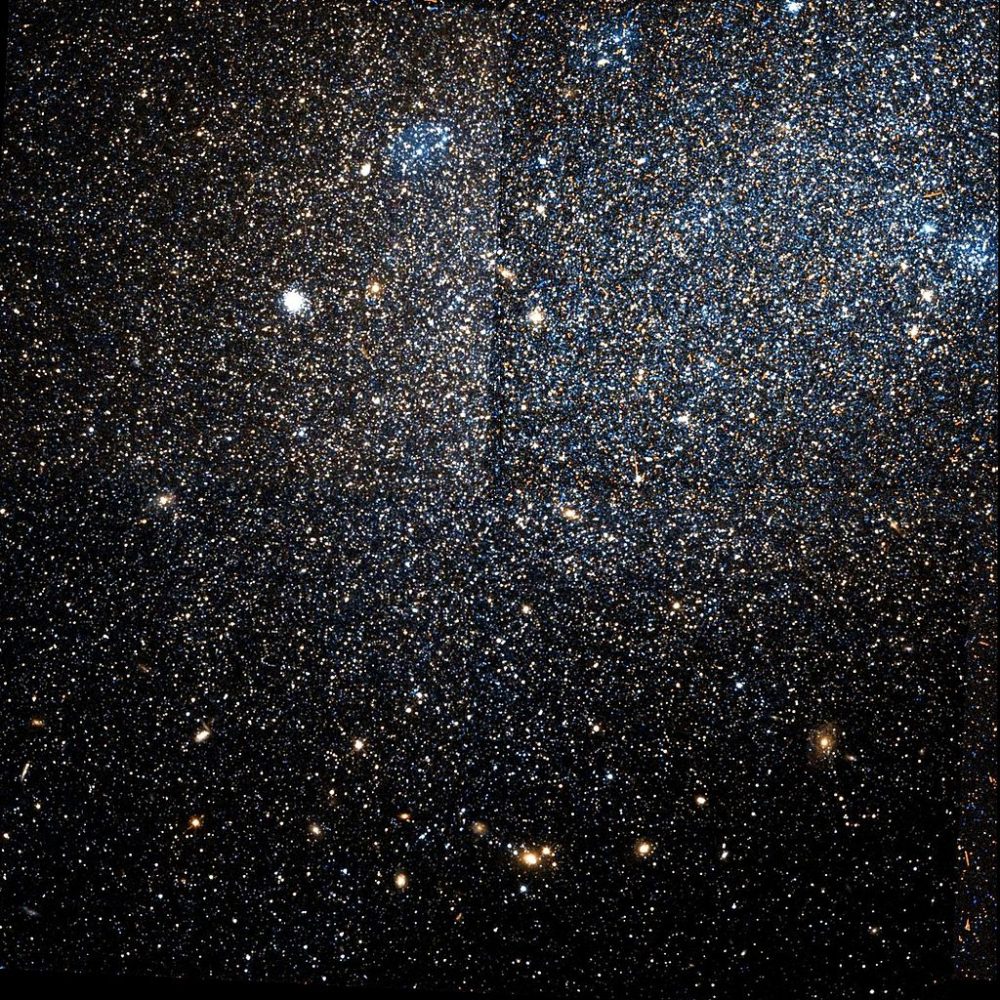 Sextans B || Irregular Galaxy
Sextans B || Irregular Galaxy


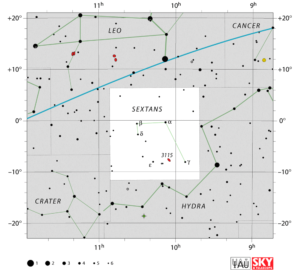 towards east, you will see another constellation named Crater. In the North and South of Sextans, you will find Leo and Hydra constellations respectively. Sextans is nearly on celestial equator towards South Pole, and so is part of Southern Hemisphere.
towards east, you will see another constellation named Crater. In the North and South of Sextans, you will find Leo and Hydra constellations respectively. Sextans is nearly on celestial equator towards South Pole, and so is part of Southern Hemisphere.
